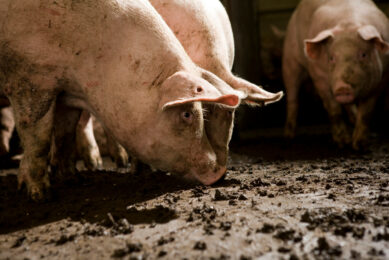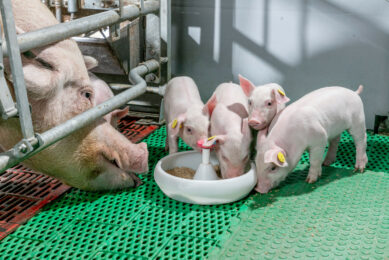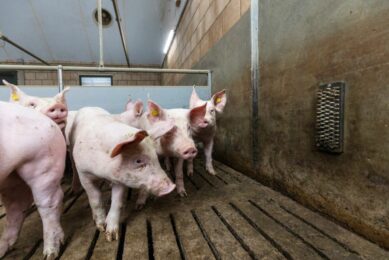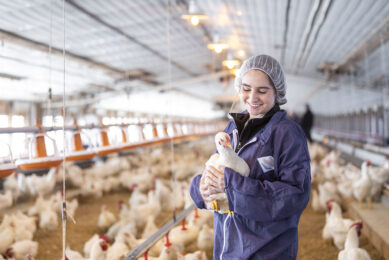Evaluating Salmonella status on pig farms using sock and environmental swabs
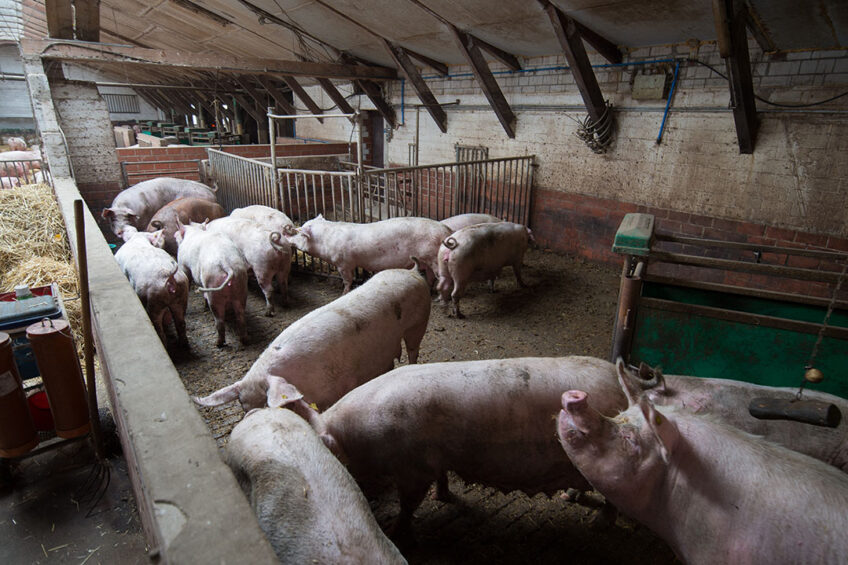
Researchers from Germany determined whether sock samples from pens and environmental swabs from reachable surfaces are suitable to identify areas contaminated with Salmonella on sow farms.
Salmonella, a Gram-negative bacterium, is a frequent cause of foodborne outbreaks, diarrhoea and septicemia. Pigs are a common source of Salmonella in the food chain, often without showing clinical signs. Therefore, it is crucial to have a sensitive, economically feasible and practical sampling method to identify infected breeding herds. Sock and environmental swab sampling are reliable diagnostic methods for detecting Salmonella on farms.
Data collection
The team took samples on 105 farms across Germany, with sow numbers ranging from 50 to 10,000. They collected sock and environmental swab samples from all production sites. These included farrowing pens, insemination, gestation, and gilt quarantine rooms, and the nursery. They analysed 2.355 sock and environmental swabs, with an average of 22 samples per farm.
Results: 92.4% of farms positve
The results showed that 92.4% of the farms tested positive for Salmonella in at least 1 sample. 33.1% of the sock and environmental swabs were positive. The number of positive samples within different production areas varied for the individual farms. In addition, 45% of the samples from nurseries, 18.7% from farrowing and 20.86% from other areas were positive for Salmonella. The proportion of different combinations of positive or negative sock and environmental swab samples varied for different sampling areas. The researchers found both positive sock and environmental swab samples most often in the nursery (55.2%). They found both negative sock and environmental swab samples most often in the farrowing areas (62.1%). Salmonella Typhimurium was found on 77.1% of the farms, and the team detected Salmonella Derby on 18.1% of the farms. Salmonella Enteritidis occurred on 4.8% of farms.
Farm size and region did not affect Salmonella positivity
The study also found that farm size and region did not significantly affect the Salmonella positivity within each production area, as herd selection criteria were based on linkage to fattening farms with a known high serological prevalence or the presence of clinical signs indicating Salmonella involvement. The high number of positive samples in the nurseries suggests that piglets are a source of Salmonella for the linked fattening farms. There is a risk of subclinical infection in suckling piglets, making them active carriers of Salmonella.
Shedding
Samples collected from the farrowing area showed shedding of sows, shedding of previously infected suckling piglets, or a contaminated environment. Farrowing areas, which are difficult to clean and disinfect, are considered a constant source of pathogen reintroduction. Salmonella can survive for up to 50 months in the environment and up to 24 weeks in manure, further contributing to the risk of contamination.
Thorough sampling of the farrowing area
Therefore, it is recommended to thoroughly sample the farrowing area during the suckling period to evaluate the risk of initial piglet infection. Sock and environmental swab samples are non-invasive, suitable for all farm sizes, and easy-to-apply methods for screening swine farms. To avoid missing positive results, it is advisable to use both sampling methods at each sampling point.
This study emphasises the importance of assessing environmental contamination, identifying bacterial reservoirs, and understanding the risk of reinfection using appropriate sampling techniques.



